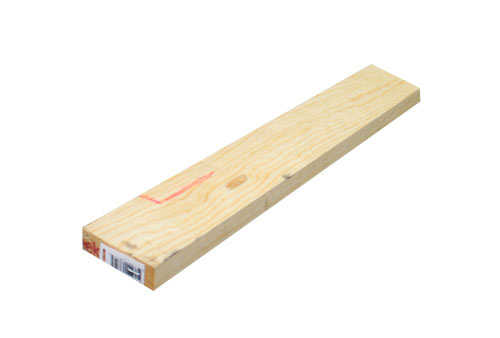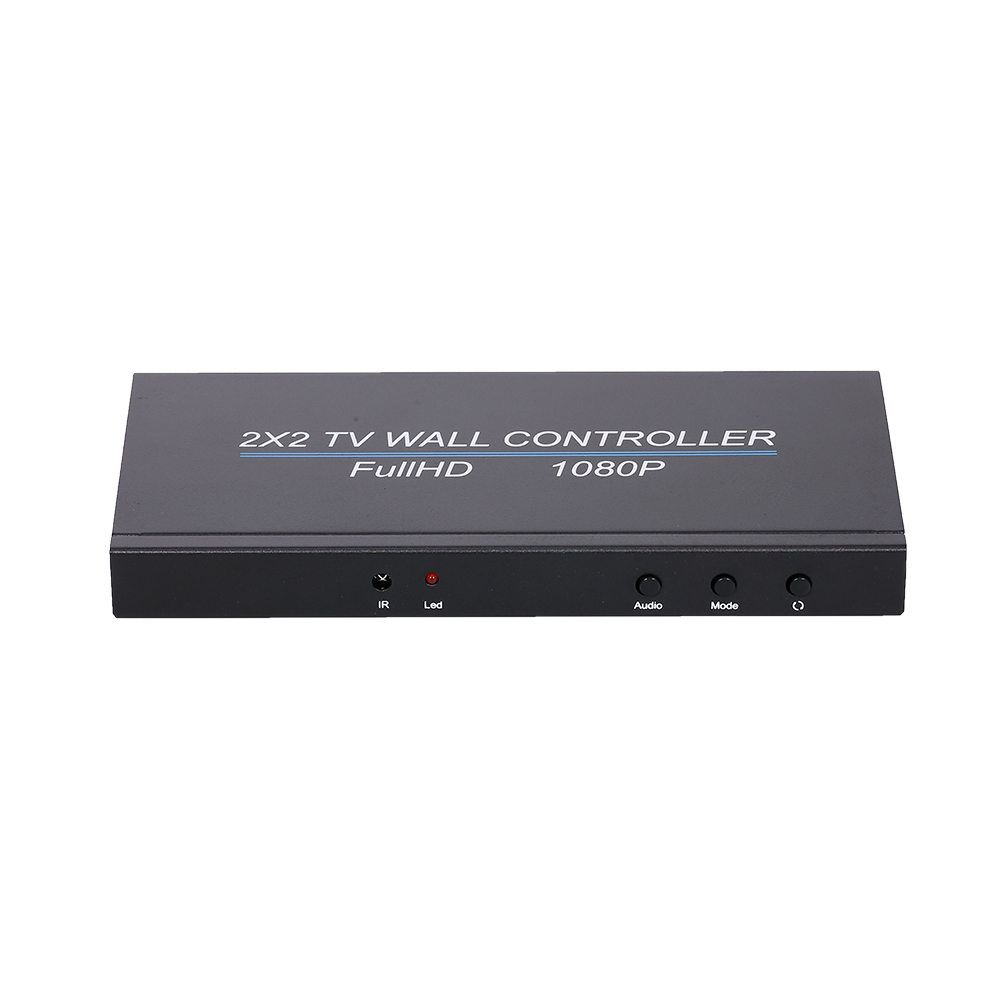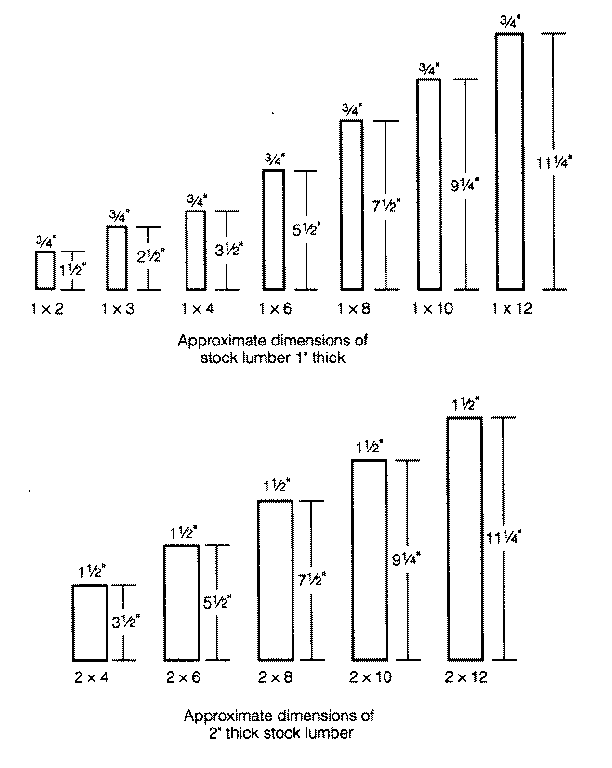

The frame is simply nailed together like a box, and the surface nailed, stapled or screwed on. Luaun is much weaker than fir, but it is lighter and the surface is much smoother.Ĭonstruction is simpler than a Broadway flat. Instead of canvas, the frame is covered with 1/8" or 1/4" plywood, usually luaun. 1x3 and 1x4 is common, but 1x2 is generally sufficient if of good quality, and helps reduce the weight of the units, as well as significantly reducing required storage space. The frame boards are set on edge rather than flat, and may be made of 1x stock, or occasionally of 5/4 stock for rough duty.

Fold the flaps back and go over it with a wet sponge or paintbrush.Īfter the glue is dry, trim the excess and size the flat with size water or a coat of paint to tighten the cover. The fabric flaps are folded back and a slightly thinned layer of white glue is painted on the frame. It is then stapled to the frame along the inside edge about every 6-8". The canvas is layed on the frame smoothly but not tightly. Once the frame is built, it is covered with muslin or canvas. Staples by themselves are not strong enough, but with glue are very fast and permanent. Screws are quick and allow easy disassembly. Now standard fasteners are either pneumatic staples and glue, or 3/4" screws. Once the standard fastener was the clout nail, a soft iron nail that clinched itself when nailed into a metal plate. The rectangular strap would be about 2 1/2 to 3"x7".Ĭorner blocks and keystones are secured using an 11 nail/screw pattern for cornerblocks, and a seven to 10 nail/screw pattern depending on fastener and usage. The keystone would be about 3 1/2"x7"x2 1/2". The keystone shape is slightly stronger but takes longer to make. Keystones are either rectangular or "keystone" shaped. The surface grain should be across the joint at perpendicular or diagonal, NOT parallel to it. Corner blocks are generally right triangles 10"x10". These are the mechanical fasteners that hold the frame together. The covering is canvas or muslin, glues to the frame.Ĭorner blocks: made of 1/4" fir plywood. The frame pieces are laid flat to the surface of the unit, and assembled using butt joints held together with corner blocks and keystones (pre-cut 1/4 ply gussets). The standard flat, also referred to as a "theatre" or "Broadway" flat, is a wooden framework made of 1x3 or 1x4 pine. More recently, frames have been made of metal tubing and coverings have been thin plywood. Traditionally, frames were wood and were covered with painted fabric to represent walls. This is an open frame covered with a lightweight material. The standard theatrical unit has long been the flat. The main thing to remember is that when you are cutting parts you must make sure that you deduct the actual rather than the nominal size of the lumber you are using. The nominal dimensions are meant to express the rough cut measurement of the lumber before it is planed to a smooth finish. The actual measure of a 1x4 is 3/4"x3 1/2". However, the actual true measure of a 1x3 is 3/4"x2 1/2". Those numbers are supposed to be the cross sectional measure of the board. In some of the larger timbers, like the 2x8's, 2x10's, and 2x12's, we also stock longer lengths (some up to 24'), since these are often used as rafters or for floor joists, where longer is usually better.Stock lumber is almost never the size it claims to be.įor instance, wooden flat frames are typically built of either 1x3 or 1x4. The length of the boards is generally exactly what you order, though we usually only stock pieces of even lengths. In this case, the planing is necessary for a smoother surface, so that the board could be used for interior applications. A 1圆, for example, actually measures 3/4" x 5 1/2". Instead, a 2x4 is really only 1 1/2" by 3 1/2".
#1X3 ACTUAL SIZE FULL#
Because of this extra milling, a 2x4 no longer measures a full 2 inches by four inches. Now, most timber is milled and planed to give it a little more of a finished look, and a little more of a consistent size and profile. In the past, when a timber was called a 2x4, it actually measured 2 inches by 4 inches. An important thing to know is that with most any dimensional lumber, there is a difference between what the board is called, and what it truly measures. What we stock is a framing grade of spruce in an assortment of sizes and lengths.

"Dimensional" lumber is the general name for framing lumber.


 0 kommentar(er)
0 kommentar(er)
